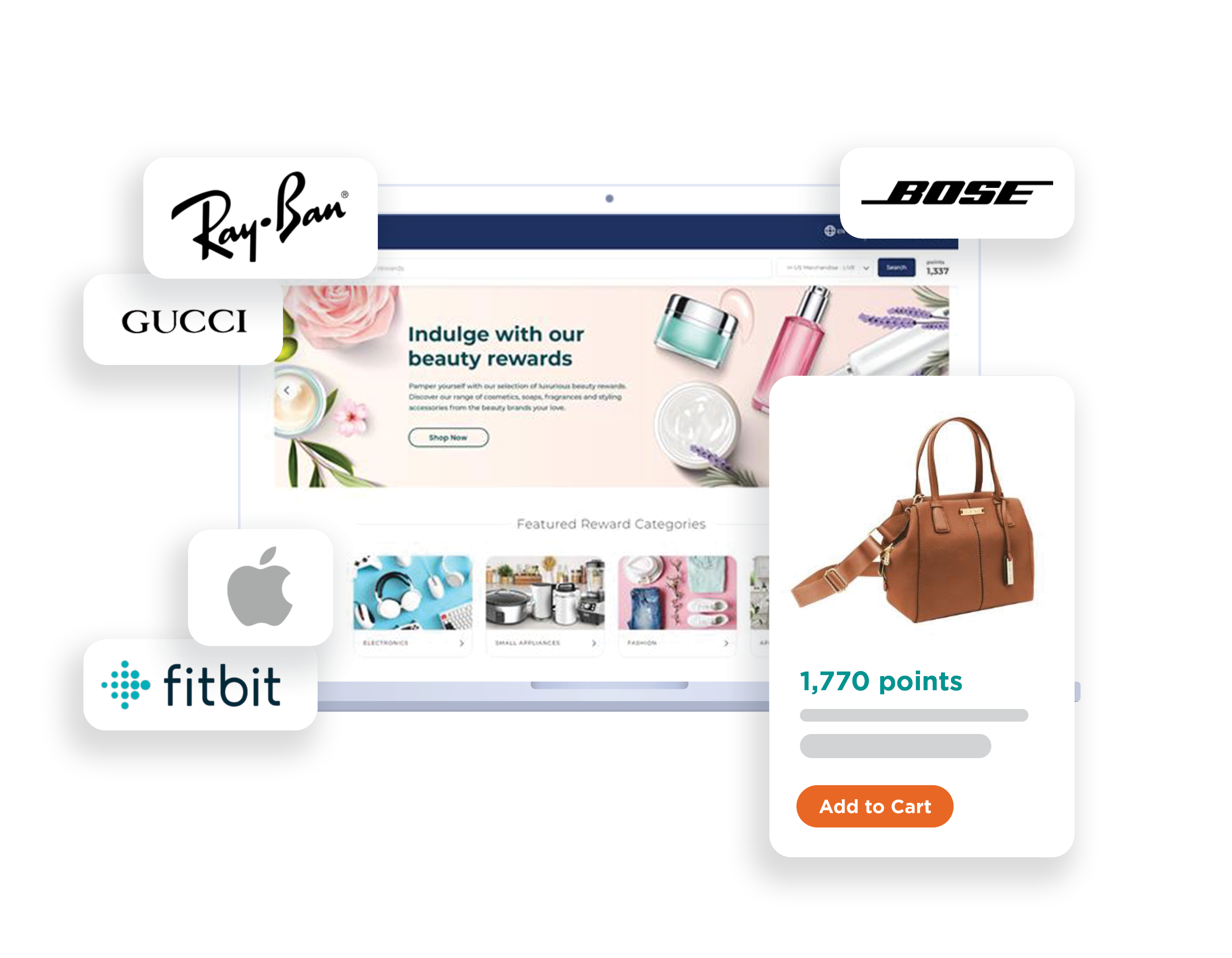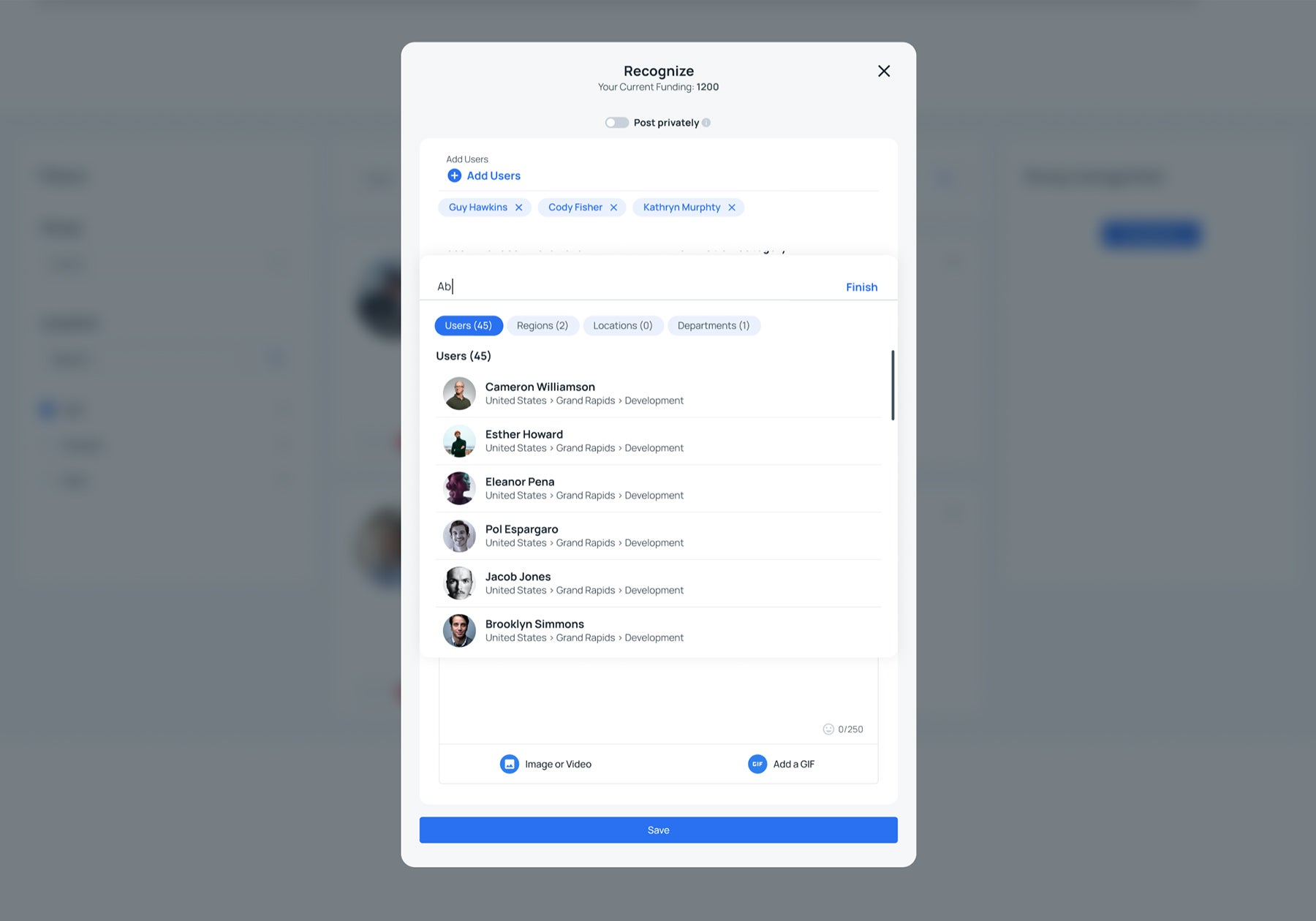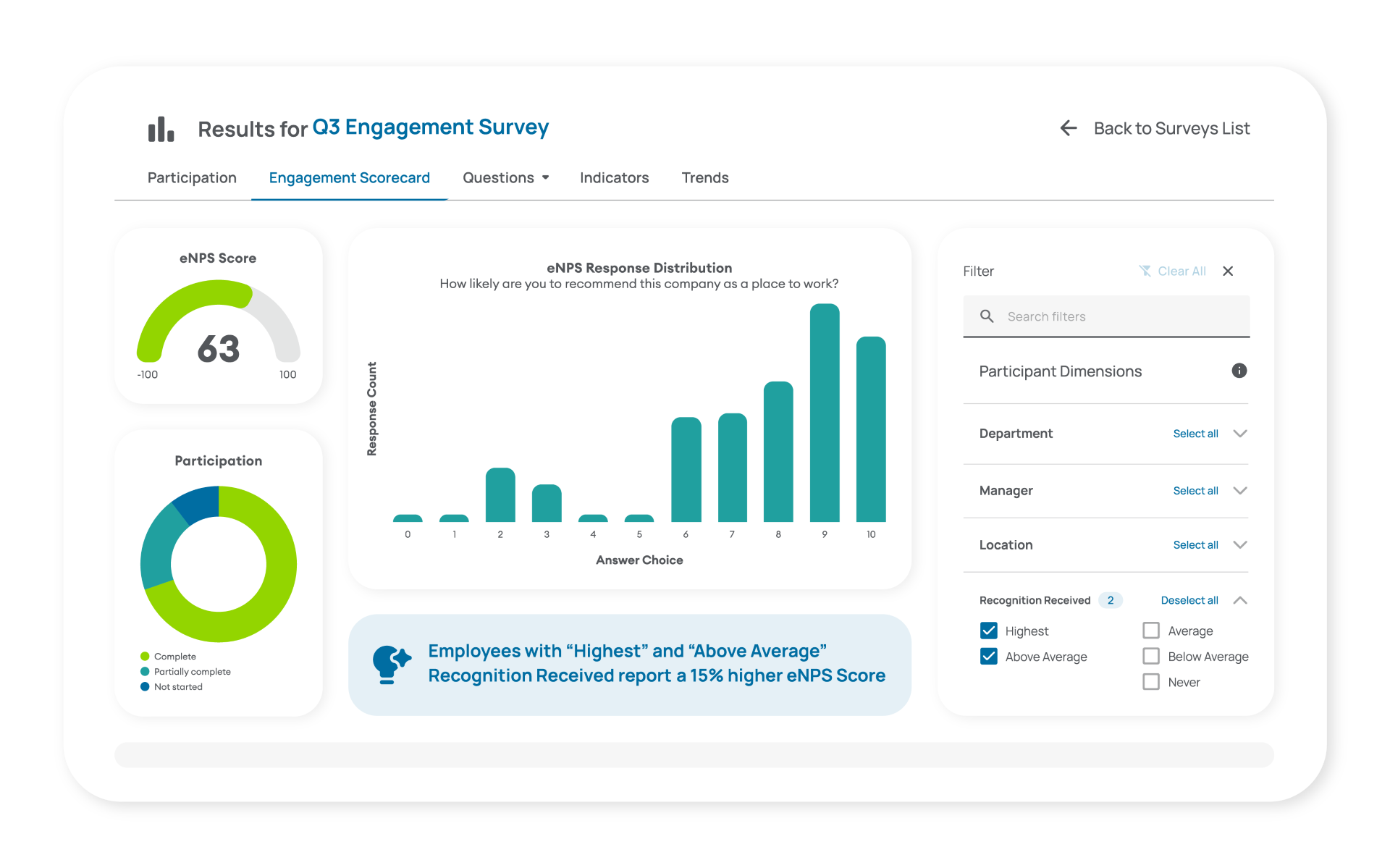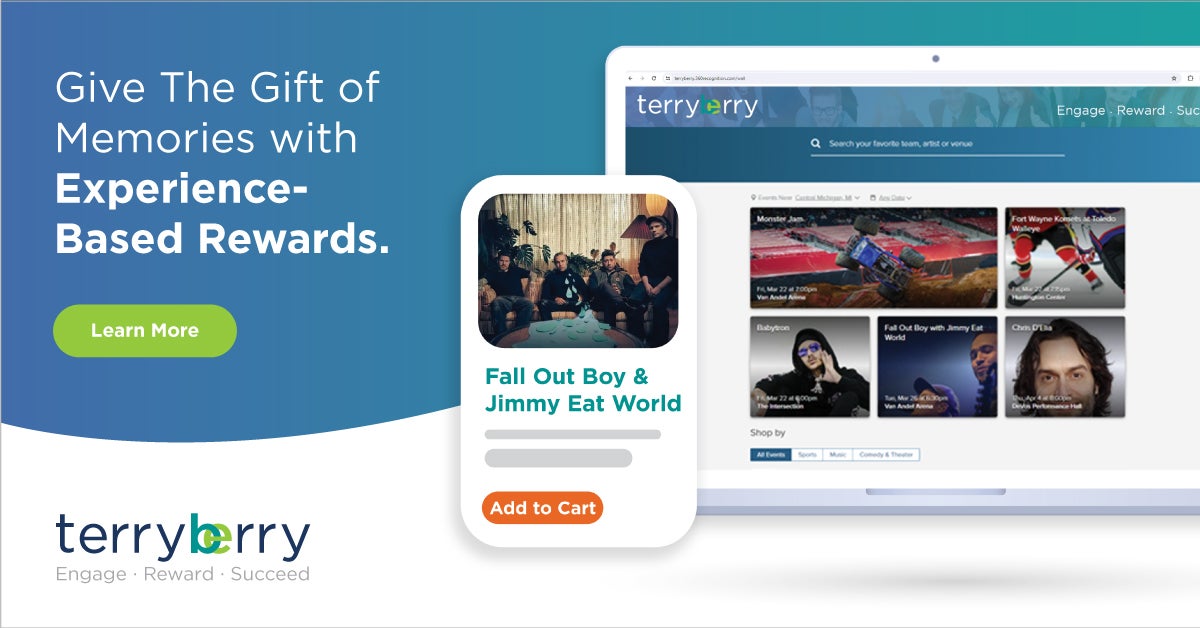August 19, 2025

Modern employee recognition programs can not only help employees feel appreciated, they can help boost engagement, retention, and revenue. The key is to find the right platform for your needs.
This article covers real-time recognition, personalized rewards, and peer-to-peer acknowledgment. Discover tips to transform your recognition strategy and implement meaningful recognition practices.
Key Takeaways
- Transform your current recognition practices by integrating real-time tools, personalized rewards, and digital peer recognition platforms to create meaningful connections.
- Design an effective recognition program by setting clear objectives, tailoring methods to employee preferences, and utilizing metrics to measure success.
- Implement innovative initiatives like experience-based rewards and wellness programs to enhance employee motivation and foster a positive workplace culture.
Key Elements of Modern Employee Recognition Programs
A dynamic and effective employee recognition strategy is crucial in today’s competitive job market. Modern recognition programs are not just about handing out awards but about creating meaningful connections between employees and their work.
Transforming your recognition strategy involves integrating real-time recognition tools, personalized rewards systems, and digital platforms for peer-to-peer recognition. These methods not only boost employee morale but also drive engagement and productivity.
Let's take a closer look at each of these elements.
Real-Time Recognition Tools
Real-time recognition is pivotal in creating a culture of immediate appreciation. Timely recognition comes down to two key factors:
- Give recognition as soon as possible after an achievement.
- Recognize employees often.
Gallup research suggests that recognition should happen at least once every seven days. For most organizations, this is only possible when recognition flows in multiple directions—both from managers and peers.
Tools like a social recognition platform encourage employees to send appreciative messages to their peers instantly, fostering a culture of recognition. Similarly, spot awards are effective for acknowledging outstanding performance on the spot, motivating employees and boosting employee morale to maintain high performance.
Additionally, using eCards for virtual recognition can effectively include remote workers in the recognition program, ensuring that no one feels left out. These tools not only boost morale but also reinforce desired behaviors and inspire more achievements.
Integrating real-time recognition into daily workflows fosters an environment where consistent recognition is the norm for everyone's valuable contributions.
Personalized Reward Systems
Personalized employee rewards systems that cater to individual employee preferences can significantly enhance their sense of value within the organization. Rewards that resonate with employees’ personal interests create stronger emotional connections and instill loyalty.
Inquiring about employees’ recognition and award preferences ensures the recognition is meaningful and memorable.
Luckily, with modern recognition platforms, this can be simplified by offering points-based recognition. With these platforms, employees are awarded points when they receive recognition. These points can then be redeemed for merchandise, events, or experiences. This is oftentimes done through an online portal, like a social recognition site or an employee recognition platform for redemption.
Terryberry's platform conveniently houses social recognition and a reward platform all on one platform. This allows employees to send and receive points and then shop for rewards seamlessly.
Offering reward points ensures rewards platform, allowing participants to receive recognition.
Digital Platforms for Peer-to-Peer Recognition
Peer-to-peer recognition plays a vital role in fostering a culture of mutual respect and appreciation among employees. It involves:
- Programs that allow team members to recognize each other’s contributions, enhancing engagement and morale
- Creating a sense of belonging
- Sending eCards or custom messages
- Often being facilitated by digital platforms
Such platforms not only drive better business results by enhancing visibility of recognition efforts but also create a communal environment where immediate feedback from peers builds trust and strengthens team dynamics.
This approach is particularly effective among younger employees like Millennials and Gen Z, who value peer recognition highly. An employee recognition platform can further enhance these efforts.
Accessible digital platforms seamlessly integrate peer-to-peer recognition into daily work routines.
7 Elements for Designing an Effective Employee Recognition Program
Designing an effective employee recognition program requires a clear understanding of your organizational culture and goals. Start by establishing recognition practices that contribute to organizational success:
1. Set Clear Objectives
Clear objectives are vital for the success of your employee recognition program. Establish specific recognition objectives linked to your company values to create a focused recognition strategy. Utilizing the SMART criteria ensures that your recognition efforts are targeted and effective. The SMART criteria are:
- Specific
- Measurable
- Achievable
- Relevant
- Time-bound
Aligning accomplishments with the organization’s values and purpose ensures the recognition program reflects the company’s overall goals. Clear objectives provide a solid foundation for building and sustaining a recognition culture that aligns with the organization’s core values.
2. Identify Key Metrics
Key metrics are essential for evaluating the effectiveness of your recognition program. Vital HR metrics to analyze include:
- Retention rates
- Engagement scores
- Productivity metrics: Tracking these key performance indicators (KPIs) provides deeper insights into the impact of your recognition efforts.
Collecting employee feedback is vital for refining recognition practices over time. Modern recognition tools often include analytics features that help track engagement metrics, enabling you to make informed adjustments to your strategy.
3. Tailor Recognition Methods
Tailoring recognition methods to cater to different preferences is vital for an effective recognition program. Mixing formal and informal types of recognition ensures comprehensive acknowledgment of employee contributions.
Plus, it's also critical to understand your employees' use cases and needs. For example, if your employees are largely desk-less, you'll need a program that isn't strictly catered to those with a corporate email address.
Engaging the entire workforce is crucial for a robust recognition program’s effectiveness.
4. Connect Recognition to Company Values and Objectives
When a recognition program is directly tied to your organization’s mission, it reinforces the culture you want to build and motivates employees to demonstrate the behaviors that matter most.
So, how does this work in practice?
At Terryberry, for example, recognition is organized into categories that reflect our core values—such as going above and beyond, showing courage, putting customers first, driving innovation, and collaborating effectively.
In another organization, the focus might be different. A company that prioritizes learning and growth could highlight recognition for employees who pursue professional development, complete training courses, or develop new skills.
5. Securing Leadership Support
When senior leaders actively engage in recognition, it signals the importance of these efforts to the entire organization. Leadership involvement (not just HR leaders) is a critical factor in keeping recognition programs effective and sustainable—both in terms of budget and organizational energy.
To earn and maintain that support, it’s important to provide leaders with regular updates that link recognition efforts to measurable outcomes. Share results that show ROI, such as improvements in productivity, engagement, morale, and job satisfaction, as well as business performance.
When leadership buy-in is strong, it often looks like:
- Providing dedicated budget for recognition initiatives
- Actively participating in celebrating employees’ successes
- Reinforcing the importance of appreciation in communications
- Training managers to deliver recognition in meaningful ways
- Gathering feedback and making program improvements over time
6. Ensuring Consistent Communication
Regular communication about recognition initiatives ensures they remain top-of-mind for both employees and management. Managers need to be trained on the best ways to recognize their people, including effectively communicating recognition efforts.
Ongoing communications keep employees engaged and motivated, ensuring consistent implementation and appreciation of recognition practices. Regular updates and discussions around recognition initiatives help sustain employee enthusiasm and awareness.
7. Gathering and Acting on Feedback
Feedback is a powerful tool for tailoring your employee recognition program to meet individual and organizational needs. One effective method for gathering positive feedback is through pulse surveys, which provide timely insights into the effectiveness of recognition practices.
Integrating continuous feedback into your recognition strategy ensures that it remains relevant and effective. Acting on employee feedback enhances satisfaction and drives continuous improvement in recognition efforts, ensuring employees feel valued and appreciated.
Innovative Recognition Initiatives

Celebrating small successes with special events or surprising employees with handwritten notes or meal vouchers can create memorable recognition moments.
These initiatives not only foster a positive work environment but also promote a culture of recognition and employee appreciation, making employees feel appreciated while providing exceptional service.
Let’s explore some innovative recognition initiatives and their unique contributions in detail.
Experience-Based Rewards
Experience-based rewards create unique and memorable recognition moments that leave employees with a priceless reward. These can include:
- Dining experiences
- Live events, like comedy shows, plays, or concerts
- More unique experiences, such as driving on an F1 track or wellness retreats
Experience-based rewards create lasting recognition moments, helping to boost overall job satisfaction and reinforce desired behaviors. Rewarding employees with a range of options, like unique experiences as well as tangible items, ensures that employees are rewarded in a way that matters most to them.
Wellness and Work-Life Balance Programs
Work-life balance and wellness programs are integral to promoting employee well-being. These initiatives often include mental health resources, fitness programs, and flexible work schedules that cater to employee needs. Healthy and happy employees are more likely to excel and remain engaged.
Personalized wellness initiatives for remote employees, such as mental health allowances and fitness subscriptions, are particularly valued by employees balancing personal responsibilities. Promoting physical and mental well-being, these programs contribute to a positive work culture and enhance overall job satisfaction.
This can be a particularly poignant reward if your company emphasizes employee health and wellbeing through other initiatives, like a wellness program.
Professional Development Opportunities
Offering professional development opportunities encourages employees to pursue learning and growth. Aligning these opportunities with individual career aspirations and interests enhances employee engagement and fosters a culture of continuous growth and innovation.
Remote mentorship programs supported by the right tools can be equally impactful as traditional mentorship, providing valuable guidance and support. Investing in professional development demonstrates that organizations value their employees’ personal growth and overall employee well being , leading to higher satisfaction and retention.
Leveraging Technology in Employee Recognition
Technology plays a crucial role in streamlining employee recognition processes and enhancing engagement, especially in remote and hybrid teams. Modern employee recognition software platforms offer features like AI-assisted shoutouts and milestone tracking, making it easier to celebrate employee achievements.
Let’s explore how technology can be integrated into recognition programs.
Integrating Recognition into Daily Workflow
Integrating recognition into daily workflows normalizes acknowledgment and maintains employee motivation without disrupting productivity. Common tools that recognition platforms can integrate with include:
- Slack
- Microsoft Teams
- Outlook
Consistent recognition fosters a culture of appreciation and boosts overall employee morale. So, integrating recognition into workplace tools helps make giving recognition seamless, accessible, and more likely to occur more often.
Utilizing Analytics for Continuous Improvement
Analytics features in recognition tools are crucial for helping organizations track engagement metrics and make informed adjustments to their recognition programs.
Measuring recognition strategies helps identify the most effective methods for improving employee engagement. Key points include:
- Recognition Analytics: Track engagement trends, most-recognized behaviors, and participation across teams
- Manager Dashboards: Give leaders visibility into team recognition patterns and opportunities
- ROI Measurement: Connect recognition activity to key performance indicators and business outcomes
Mobile-Friendly Recognition Solutions
Mobile-friendly recognition solution is essential in modern workplaces, allowing employees to recognize and appreciate their peers anytime and anywhere. Mobile-compatible recognition platforms ensure flexibility and accessibility, promoting cross departmental recognition and enabling employees to engage in acknowledgment activities from various devices.
Mobile-friendly recognition solutions ensure that recognition efforts are inclusive and accessible to all employees, regardless of their location or work schedule. This flexibility enhances the overall effectiveness of the recognition program and fosters a culture of appreciation.
Examples of Successful Modern Recognition Programs
Chelsea Groton Bank’s peer recognition program motivates employees to recognize each other for demonstrating the company’s core values or delivering an outstanding employee performance.
Like many growing companies, Chelsea Groton (the largest mutual bank in Eastern Connecticut) struggled to cultivate its culture and instill core values across its large, distributed workforce. We helped Chelsea Groton Bank launch a peer recognition program that promotes its seven core values and fosters deeper connections among employees across locations.
“I have the opportunity—not only as an administrator—but also as a fellow employee, to log in and see what an employee at another branch did for a customer that I would never have known about if we didn’t have this program.”
– Rachel Evrett, HR Specialist at Chelsea Groton Bank
The program, called Acorn Rewards, includes different recognition levels and rewards. Employees who receive the Mighty Oak Award—the highest level of recognition in the program—are recognized for their contributions by the company’s senior leadership.
Summary
In conclusion, modern employee recognition programs are vital for boosting engagement, morale, and employee retention. By leveraging real-time recognition tools, personalized rewards systems, and digital platforms for peer-to-peer recognition, organizations can create a culture of appreciation and excellence.
Designing an effective recognition program involves setting clear objectives, identifying key metrics, and tailoring recognition methods to suit diverse workforce needs.





